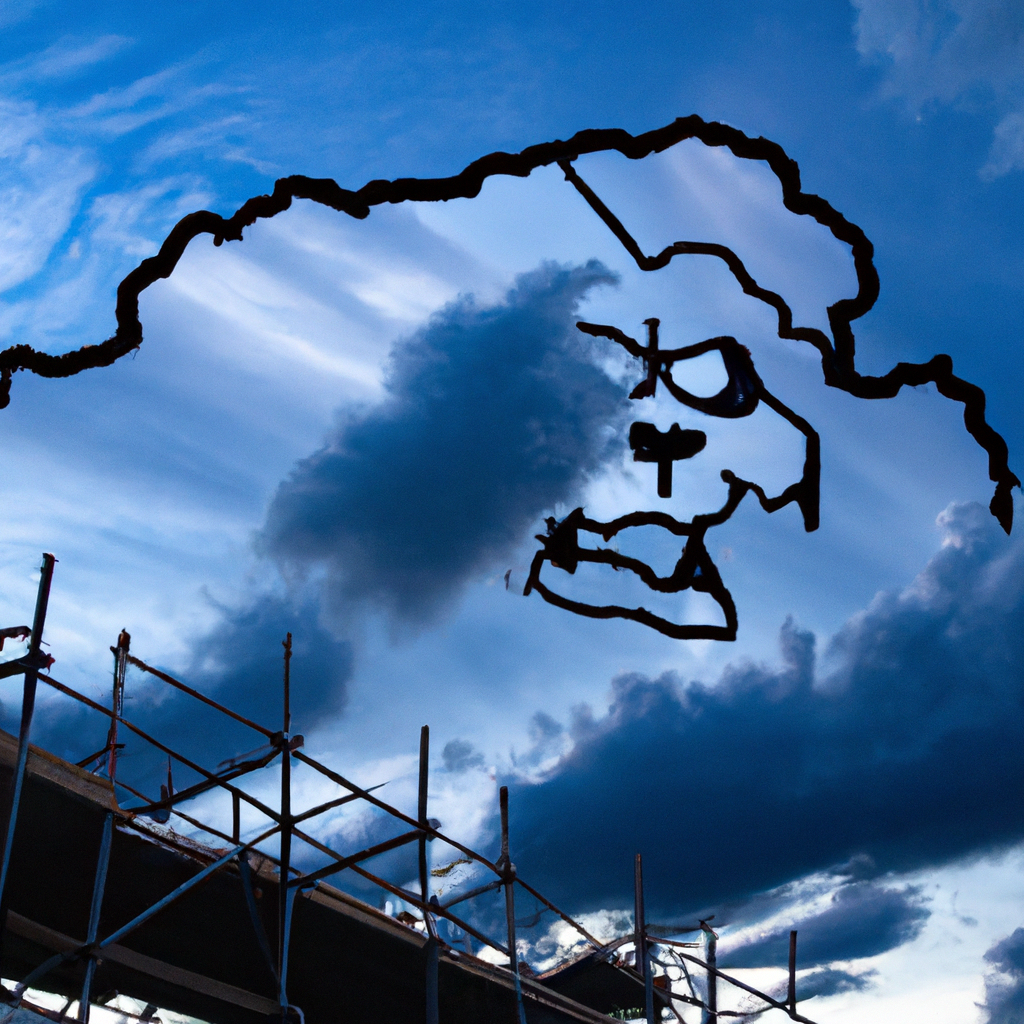In today’s ever-evolving regulatory landscape, staying compliant with changing scaffolding regulations can be a daunting task for businesses. The consequences of non-compliance can be severe, ranging from hefty fines to potential accidents and injuries. To help you navigate these compliance nightmares, we have compiled a comprehensive guide on how to stay ahead of changing scaffolding regulations. In this article, we will delve deep into the intricacies of scaffolding regulations, provide practical tips, and equip you with the knowledge to ensure compliance and maintain a safe working environment.

Understanding Scaffolding Regulations
Scaffolding regulations are put in place to ensure the safety of workers and prevent accidents on construction sites. These regulations govern the design, construction, inspection, and use of scaffolding systems. In order to comply with these regulations, it is crucial to have a solid understanding of the key elements involved. Let’s dive into some of the essential aspects of scaffolding regulations:
1. Design and Construction
The design and construction of scaffolding systems are critical factors in ensuring their safety and compliance. Scaffolds must be designed by a qualified professional who takes into account factors such as load-bearing capacity, stability, and structural integrity. It is important to follow the manufacturer’s specifications and guidelines during the construction process to ensure that the scaffold meets the necessary standards.
2. Inspection and Maintenance
Regular inspections and maintenance of scaffolding systems are essential to identify any potential hazards or defects. Inspections should be conducted by competent individuals who possess the necessary knowledge and expertise. These inspections should cover all aspects of the scaffold, including its components, connections, and stability. Any identified issues should be promptly addressed and resolved to maintain compliance and safety.
3. Training and Competence
Ensuring that workers are properly trained and competent in scaffold erection, use, and dismantling is crucial for compliance. Workers should receive comprehensive training on the safe assembly, operation, and dismantling of scaffolding systems. It is important to keep records of all training activities and certifications to demonstrate compliance with regulatory requirements.
Staying Ahead of Changing Regulations
With scaffolding regulations frequently evolving, it is crucial to stay ahead of the curve to ensure compliance. Here are some strategies to help you navigate through changing regulations:
1. Stay Informed
Keep yourself updated with the latest industry news and regulatory changes related to scaffolding. Subscribe to industry publications, attend relevant conferences, and join professional networks to stay informed about upcoming changes. This proactive approach will help you anticipate regulatory updates and adapt your practices accordingly.
2. Conduct Regular Risk Assessments
Performing regular risk assessments is essential to identify potential hazards and assess the effectiveness of your existing safety measures. Consider factors such as the nature of the work, the environment, and the skills of your workers. By identifying and addressing potential risks, you can take proactive steps to ensure compliance and maintain a safe working environment.
3. Engage in Continuous Training
Invest in continuous training and development programs for your workers. Provide them with the necessary knowledge and skills to comply with changing regulations. Regularly assess their competence and address any gaps through training initiatives. By fostering a culture of ongoing learning and improvement, you can stay ahead of changing regulations and mitigate compliance risks.
4. Collaborate with Industry Experts
Engage with industry experts, such as safety consultants and regulatory bodies, to gain insights and guidance. These experts can provide valuable advice on compliance best practices and help you navigate through complex regulatory requirements. By leveraging their expertise, you can ensure that your scaffolding practices are aligned with the latest regulations and industry standards.
5. Implement Robust Documentation
Maintain accurate and up-to-date documentation of all scaffolding-related activities, including inspections, maintenance, and training records. Adequate documentation serves as evidence of compliance and can help you demonstrate due diligence in the event of an inspection or audit. Make sure to organize and store these records in a secure and easily accessible manner.
Conclusion
In a constantly evolving regulatory landscape, staying compliant with changing scaffolding regulations is crucial for businesses. By understanding the key elements of scaffolding regulations, staying informed, conducting regular risk assessments, investing in training, collaborating with industry experts, and implementing robust documentation, you can stay ahead of the compliance nightmares and ensure a safe working environment. Remember, compliance is not just about avoiding penalties; it is about protecting the well-being of your workers and maintaining the integrity of your business. Stay proactive, stay compliant, and stay safe.


